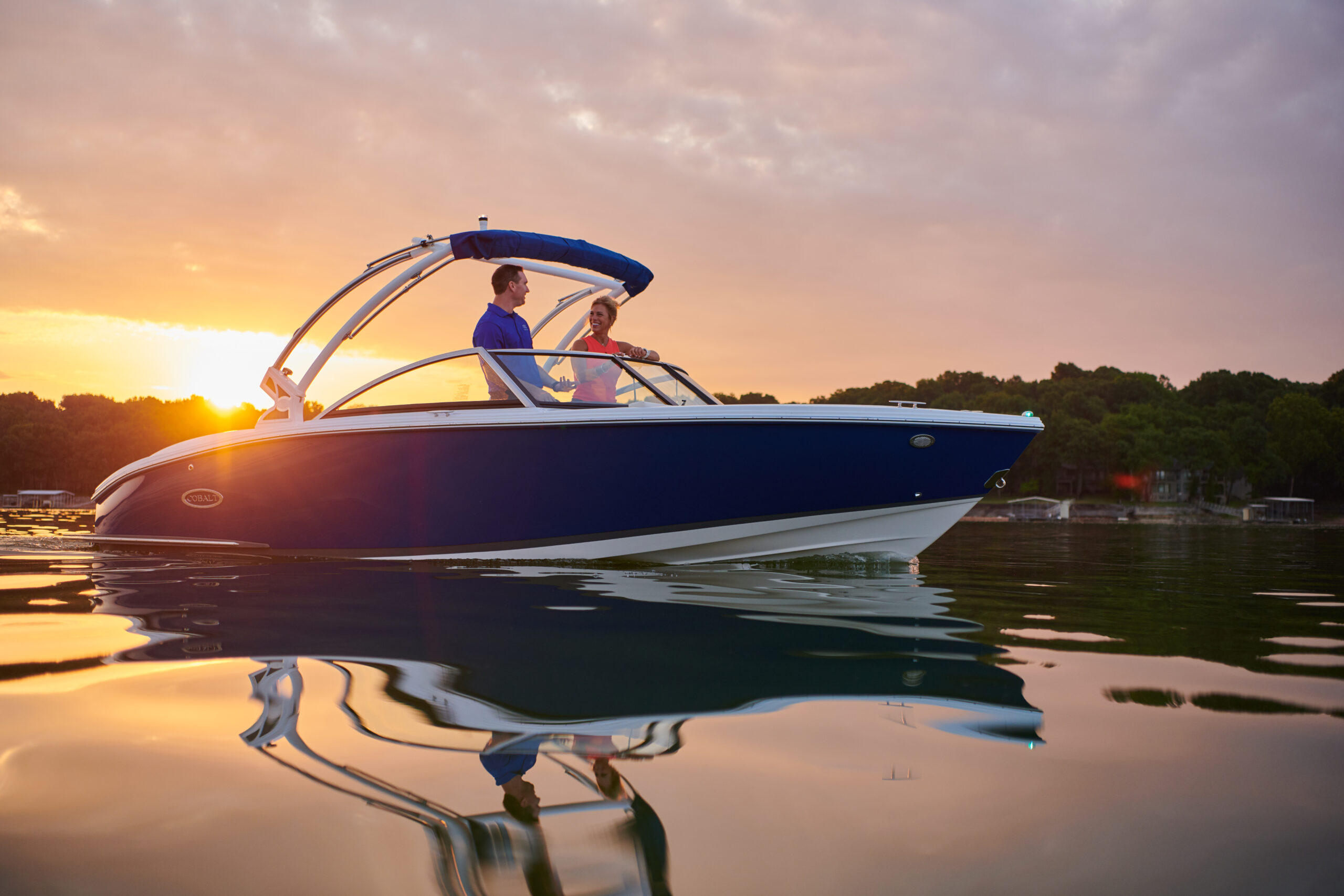Bowriders are among the most popular boats on the water—for good reason. With their open bow seating, versatile layouts, and family-friendly designs, they’re perfect for cruising, watersports, and day trips. Buying a pre-owned bowrider can help you enjoy all of those benefits without the new-boat price tag. Still, it’s important to know what to look for before making an investment.
Why Buy Pre-Owned?
The appeal of buying pre-owned lies in value. Bowriders are widely available on the used market, which means you can often find a great match for your budget and lifestyle. Since these boats are typically used for family fun, sellers often include extras like water skis, tubes, covers, or upgraded stereo systems. You’ll also avoid the steepest depreciation curve, making your investment stretch further.
Step 1: Identify Your Needs
Not all bowriders are created equal. Do you want a smaller runabout for quick trips around the lake, or a larger model with space for entertaining and watersports? Think about how many passengers you’ll typically have, where you plan to boat (lake, river, or coastal waters), and whether you’ll use it primarily for cruising, towing, or relaxing at anchor.
Step 2: Research Brands and Models
Bowriders come in a wide range of price points and features. Cobalt, Chaparral, and Sea Ray are known for premium comfort and quality; Bayliner and Four Winns offer great entry-level options. Compare layouts, seating capacity, and storage to find the right balance of performance and amenities for your lifestyle.
Step 3: Inspect the Hull and Interior
Walk around the boat and look closely at the hull for scratches, cracks, or evidence of repairs. Inside, check the upholstery for wear, sun damage, or mold—bowriders see a lot of family use, which means cushions and flooring can take a beating. Make sure storage compartments are dry and odor-free, as moisture can be a red flag.
Step 4: Evaluate the Engine and Drive System
Most bowriders are powered by stern drives (also called inboard/outboard engines), though some use outboards. Review maintenance records, check engine hours, and look for signs of corrosion or leaks. Take note of how easily the engine starts and whether it idles smoothly. For stern drives, inspect the outdrive carefully, as repairs can be costly.
Step 5: Test the Electronics and Comfort Features
From navigation lights to stereos, ensure all systems are working properly. Check the gauges, bilge pump, horn, and blower. Many bowriders also include extras like bimini tops, swim platforms, ladders, and upgraded speakers—all of which add to the overall enjoyment and value.
Step 6: Take It on the Water
Performance is key. During a sea trial, pay attention to how the boat handles turns, accelerates, and maintains speed. Make sure it planes quickly and rides smoothly, especially if you plan to tow skiers or tubers. Invite a few friends along to see how the boat feels when loaded closer to capacity.
Step 7: Verify the Paperwork
Always confirm that the title is clean and there are no outstanding loans. Review registration, trailer documents (if applicable), and any transferable warranties. A seller with organized paperwork is usually a seller who maintained the boat well.
Step 8: Plan for Ownership Costs
Bowriders are versatile and relatively easy to maintain, but you’ll still want to budget for ongoing costs like fuel, insurance, annual service, and storage. Don’t forget small upgrades like covers, safety gear, and water toys—they can add up quickly.
Final Thoughts
A pre-owned bowrider is one of the best ways to get your family and friends out on the water without stretching your budget. By focusing on hull condition, engine health, comfort features, and paperwork, you’ll set yourself up for years of worry-free boating. Whether it’s tubing with the kids, sunset cruises, or lazy afternoons at anchor, the right bowrider makes every outing feel like a vacation.




